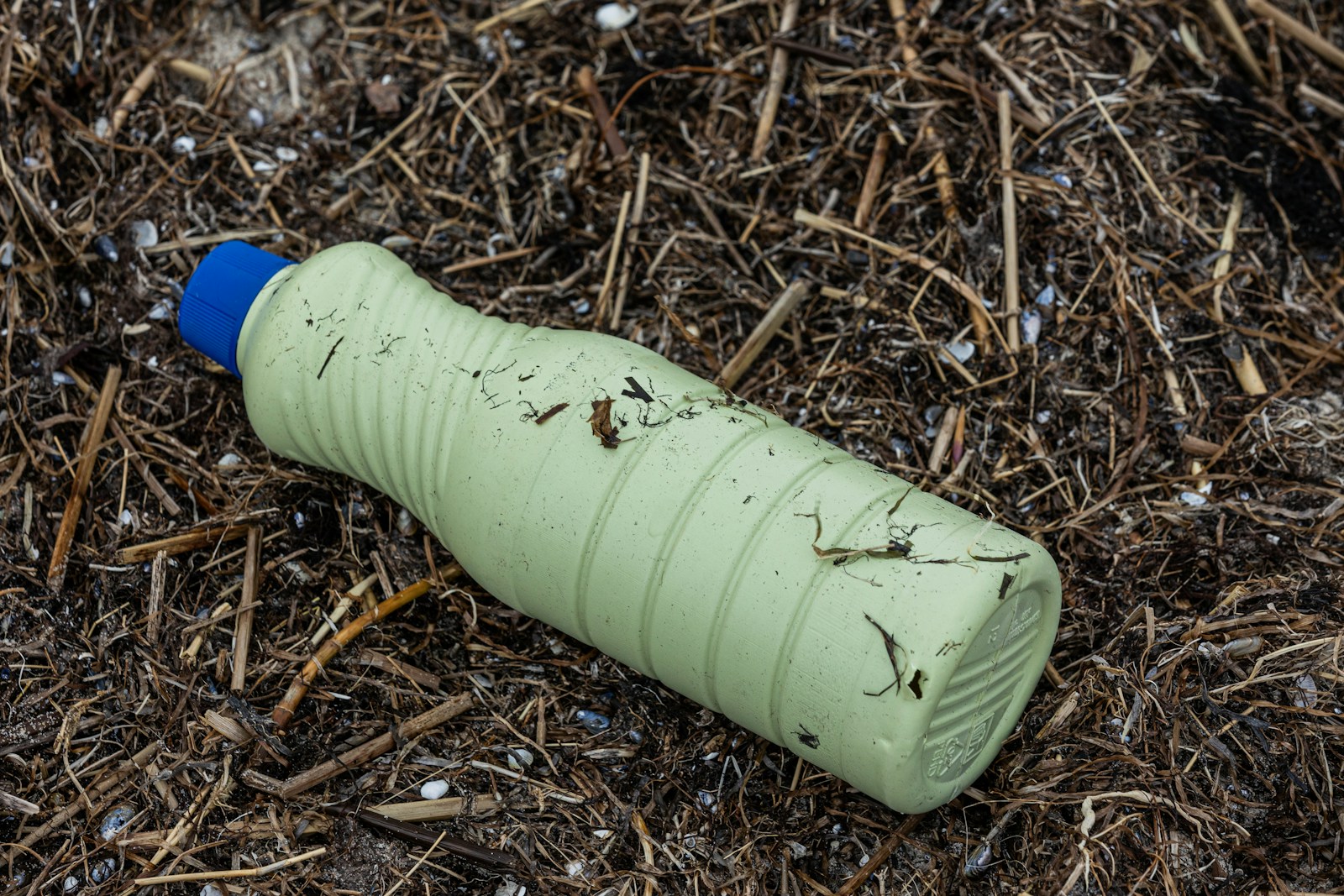As the Biden-Harris administration draws to a close, EPA has issued its third annual report touting the progress made under the PFAS Strategic Roadmap.
In the report, EPA notes the major legal, technical, and policy developments it has enacted since the PFAS Strategic Roadmap was adopted in 2021. Those developments include the following:
- Designation of PFOA and PFOS as CERCLA Hazardous Substances. This final rule will allow EPA and others to pursue potentially responsible parties under CERCLA for PFAS contamination. According to EPA, this designation will ensure that polluters, and not taxpayers, will pay for PFAS cleanups.
- Creation of Drinking Water Standards for Certain PFAS. This final rule established enforceable drinking water standards for 5 individual PFAS and mixtures of any 2 or more of 4 individual PFAS. These drinking water standards are as low as 4 parts per trillion for PFOA and PFOS.
- Chemical and Product Regulation. EPA has enacted or proposed a number of regulations under the Toxic Substances Control Act (TSCA) to eliminate and reduce PFAS in commerce. It also is requiring manufacturers and importers of PFAS (including PFAS-containing items) to report PFAS-related information to EPA by (in most cases) January 11, 2026.
- Issuance of PFAS Enforcement Strategy. EPA issued a PFAS Enforcement Discretion and Settlement Policy Under CERCLA, detailing its priorities and plans when it comes to PFAS enforcement. In the policy, EPA makes it clear that it intends to pursue enforcement against manufacturing and industrial entities, and not public entities that operate water and wastewater systems, airports, or fire stations.
- PFAS-Related Investments. The Biden-Harris administration committed to investing significant funds to address PFAS contamination, including $10 billion to assist communities and water systems impacted by PFAS and other emerging contaminants.
- Advancing the Science on PFAS. EPA has engaged in a number of initiatives to gather more data about the presence of PFAS in the environment and in products, analyze appropriate test methods, and study potential human health risks associated with a variety of PFAS compounds.
EPA also announced future priorities, which include developing effluent limitations guidelines for the PFAS manufacturing sector. If adopted, these guidelines would restrict PFAS in discharges from potentially a number of industrial entities, including metal finishers and landfills. EPA also continues to invest in collecting data from a variety of sources, including wastewater treatment facilities, to further understand where PFAS are being found so it can develop effective ways to address them.
Of course, with the impending change in administrations could come a change in EPA’s priorities related to PFAS. The change could also impact initiatives and regulations that are already in place or in the works. We will continue to monitor PFAS developments as we head into 2025.
